IRS had announced annual inflation adjustments for more than 50 tax provisions for tax year 2017, following are items of greatest interest to most taxpayers:
- Standard deduction for married filing jointly rises to $12,700 for tax year 2017, up $100 from the prior year. For single taxpayers and married individuals filing separately, the standard deduction rises to $6,350 in 2017, up from $6,300 in 2016, and for heads of households, the standard deduction will be $9,350 for tax year 2017, up from $9,300 for tax year 2016.
- Personal exemption for tax year 2017 remains as it was for 2016: $4,050. However, the exemption is subject to a phase-out that begins with adjusted gross incomes of $261,500 ($313,800 for married couples filing jointly). It phases out completely at $384,000 ($436,300 for married couples filing jointly.)
- The limitation for itemized deductions to be claimed on tax year 2017 returns of individuals begins with incomes of $287,650 or more ($313,800 for married couples filing jointly).
- Alternative Minimum Tax exemption amount for tax year 2017 is $54,300 and begins to phase out at $120,700 ($84,500, for married couples filing jointly for whom the exemption begins to phase out at $160,900).
- The maximum Earned Income Credit amount is $6,318 for taxpayers filing jointly who have 3 or more qualifying children, up from a total of $6,269 for tax year 2016.
- The monthly limitation for the qualified transportation fringe benefit is $255, as is the monthly limitation for qualified parking,
- The dollar amount used to determine the penalty for not maintaining minimum essential health coverage is $695.
- For participants who have self-only coverage in a Medical Savings Account, the plan must have an annual deductible that is not less than $2,250 but not more than $3,350; these amounts remain unchanged from 2016. For self-only coverage the maximum out of pocket expense amount is $4,500, up $50 from 2016. Tax year 2017 participants with family coverage, the floor for the annual deductible is $4,500, up from $4,450 in 2016, however the deductible cannot be more than $6,750, up $50 from the limit for tax year 2016. Lastly, for family coverage, the out of pocket expense limit is $8,250 for tax year 2017, an increase of $100 from tax year 2016.
- The adjusted gross income amount used by joint filers to determine the reduction in the Lifetime Learning Credit is $112,000, up from $111,000 for tax year 2016.
- The foreign earned income exclusion is $102,100, up from $101,300 for tax year 2016.
- Estates of decedents who die during 2017 have a basic exclusion amount of $5,490,000, up from a total of $5,450,000 for estates of decedents who died in 2016.
For more details on these and other income-based limits, help assessing whether your’re likely to be affected by them, please contact us.




